Books
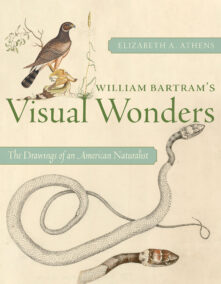
William Bartram’s Visual Wonders
The Drawings of an American Naturalist
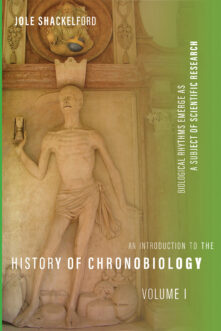
An Introduction to the History of Chronobiology, Volume 1
Biological Rhythms Emerge as a Subject of Scientific Research
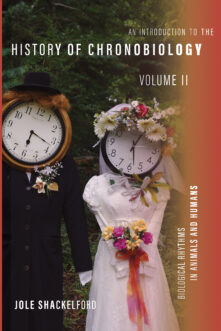
An Introduction to the History of Chronobiology, Volume 2
Biological Rhythms in Animals and Humans
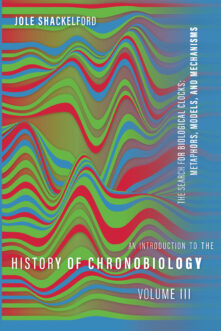
An Introduction to the History of Chronobiology, Volume 3
Metaphors, Models, and Mechanisms
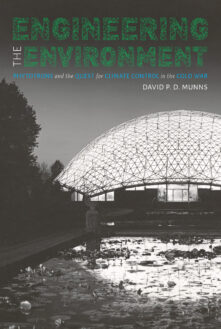
Engineering the Environment
Phytotrons and the Quest for Climate Control in the Cold War
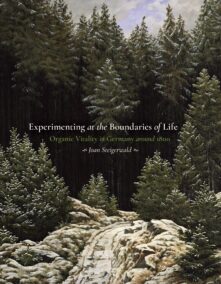
Experimenting at the Boundaries of Life
Organic Vitality in Germany around 1800
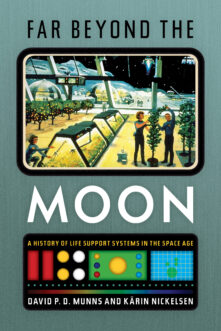
Far Beyond the Moon
A History of Life Support Systems in the Space Age
Total 7 results found.

